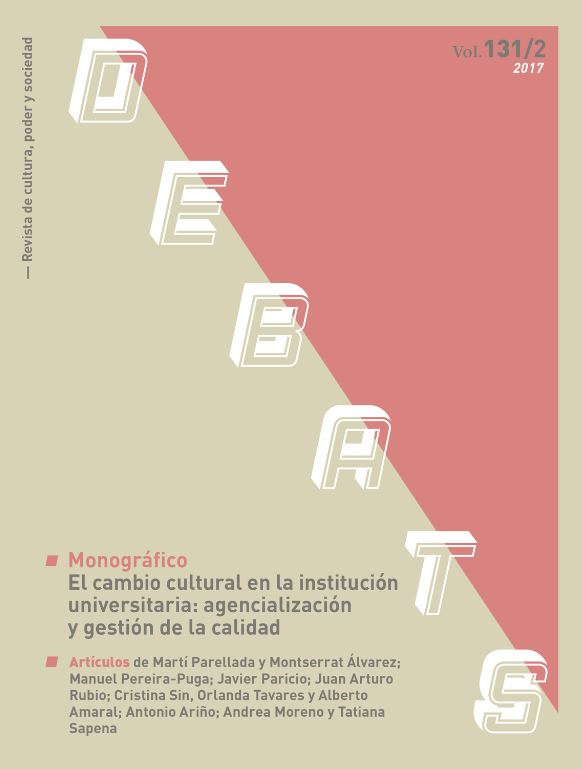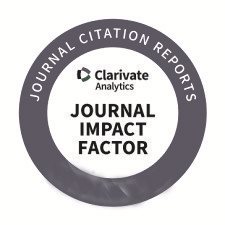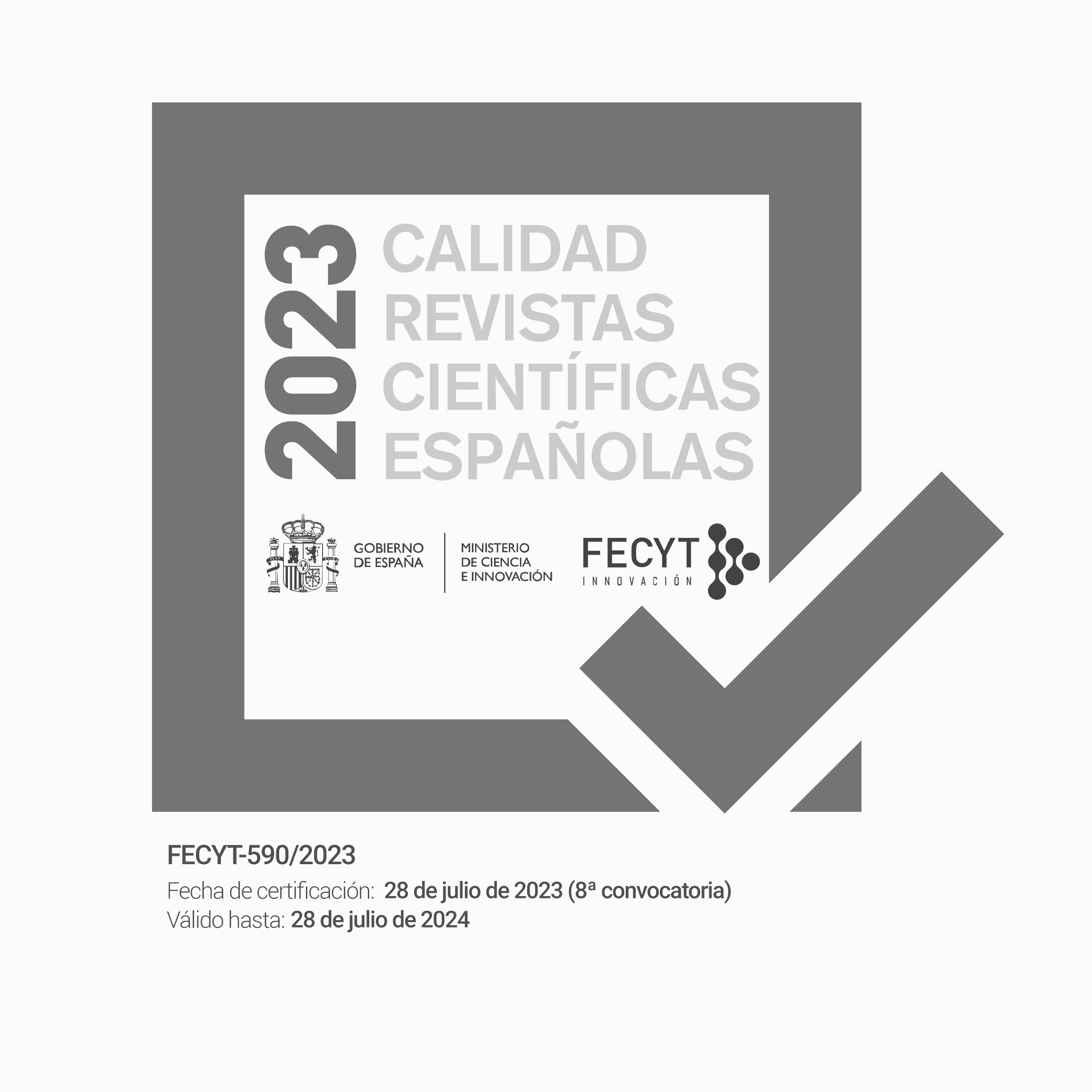Reputation and Rankings
Abstract
In the last decade, global rankings of universities began to emerge strongly, allowing national and international comparison of higher education institutions. In fact, they are already in a central position in the public discussion on the role of universities in our societies by providing a way of measuring and comparing the quality and results of these institutions and thereby influencing their reputation. Those rankings more relevant, the Academic Ranking of World Universities or Ranking of Shanghai, Times Higher Education World University Ranking and QS World University Ranking, are characterized by ordering the universities,
considered as a whole, in the form of a league table from the results obtained in a composite score, composed by the weighting of several individual indicators. This article reviews the methodology of these three rankings, focusing on their limitations and weaknesses (such as being too focused on research or the difficulty of establishing objectively specific weights for each individual indicator). And finally presents the U-Multirank, promoted by the European Commission, which seeks to overcome the limitations of traditional rankings. It is an alternative system to rank universities, based on their performance in a wide number of indicators in five dimensions (teaching and learning, research, knowledge transfer, international orientation and regional engagement) and in several subjects.
Downloads
Downloads
Published
How to Cite
Issue
Section
License
Without prejudice to the provisions of article 52 of Spanish Law 22/1987 of November 11 on Intellectual Property, BOE (official state bulletin) of November 17, 1987, and pursuant to said legislation, the author(s) surrender(s) free of charge its rights of edition, publication, distribution and sale of the article, for its publication in Debats. Journal on Culture, Power and Society.
Debats. Journal on Culture, Power and Society is published under the Creative Commons license system in accordance with the «Recognition - Non-Commercial (by-nc) modality: The generation of derivative works is permitted provided that commercial use is not made. Nor can the original work be used for commercial purposes».
Thus, when the author submits his/her contribution, he/she explicitly accepts this assignment of publishing and publishing rights. Authors also authorize Debats. Journal on Culture, Power and Society to include their work in an issue of the journal to be distributed and sold.











